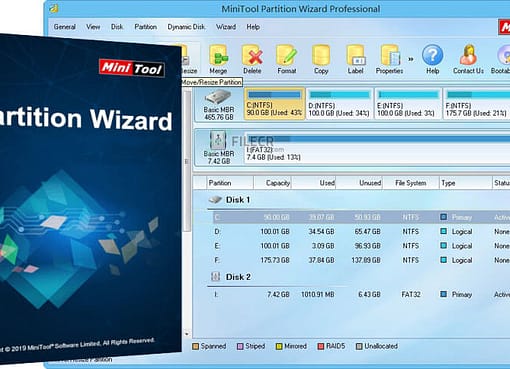A Carbon Offset is a mechanism for reducing greenhouse gas emissions.
A Carbon Offset is a mechanism for reducing greenhouse gas emissions. It allows for the reduction of one company’s emissions while compensating for another company’s emissions elsewhere. The offsets are measured in tonnes of carbon dioxide-equivalent. They are a valuable tool for climate action.
Carbon Offsets are a mechanism for reducing greenhouse gas emissions
Carbon offsets are a mechanism for tackling climate change by purchasing credits from other companies that offset their emissions. These credits are packaged in discrete units and sold for a price per metric ton of carbon dioxide they mitigate. In a competitive carbon market, offset prices can change quickly. Currently, offsets are quite cheap. However, they do not exert enough pressure to change behavior.
There are two main ways carbon offsets are purchased. One is through the voluntary carbon offset market, which is regulated by the government. The other is through compliance markets. The carbon offsets you buy must reduce emissions below the levels of the business-as-usual scenario. This is a difficult task.
They enable climate action
A carbon offset company implements ways to reduce greenhouse gas emissions. However, in order to have a meaningful effect, they must reduce emissions effectively and be transparent. There are also certain requirements that must be met before an offset can be certified. As with any carbon credit, it is important that the offsets are proven to reduce emissions.
To reach the Paris Agreement’s ambitious carbon reduction goals, we must all reduce our emissions. While we are all responsible for reducing carbon emissions, some countries are facing a much more difficult road than others. In such cases, carbon offsets help to ease the transition. For example, they help to finance renewable energy and the restoration of tropical forests. In addition, they help poor countries reduce their emissions.
They are a moral hazard
Many activists question the ethics of carbon offsets, arguing that they shift the burden of fighting climate change from the rich to the poor. While the concept of offsets is an attractive one, they are not without problems. For instance, there are many risks that are excluded from carbon offsets. These risks include the risk of people being less careful than they would be otherwise, or people acquiring insurance policies that discourage them from being as careful as they would otherwise be.
Carbon offsets are based on the idea that fossil fuels are stable banks of carbon. The idea is to trade them for habitats on the Earth’s surface. But offset money is difficult to verify, and some projects, such as Shell’s, have been accused of not protecting rainforests. Another problem with offsets is that they rely on counterfactuals that are hard to test.
They are low-quality
Unfortunately, not all carbon offsets are created equal. Some are outdated, do not meet the standards of leading certification bodies, and do not do what they say they will. A new movement is calling for a purge of the market of these low-quality offsets to ensure that the sector delivers the climate action that it promises.
As a result, many offset projects fail to reduce greenhouse gas emissions or do so in such a way as to make their financial returns ineffective. These offsets can only be effective if they are transparent and rigorously certified.
They are a commodity
Carbon offsets are a commodity, and they are subject to market pressures. The demand for carbon credits comes from two primary sources: environmental concern and public relations. In some cap-and-trade schemes, firms can purchase credits that offset the carbon dioxide they produce. In other schemes, offsets are not required by law, and companies choose to buy them because they are motivated by ethical or public-relations concerns. As attention to climate change has declined in recent years, offset prices have fallen.
The market for carbon offsets is regulated by the CFTC. The agency has jurisdiction over carbon markets and can hold issuers accountable for false carbon reduction claims. In addition, it has jurisdiction over the spot carbon markets and can ensure that derivatives are not traded in such a way that they do not meet the standards required by the market.






Comment here